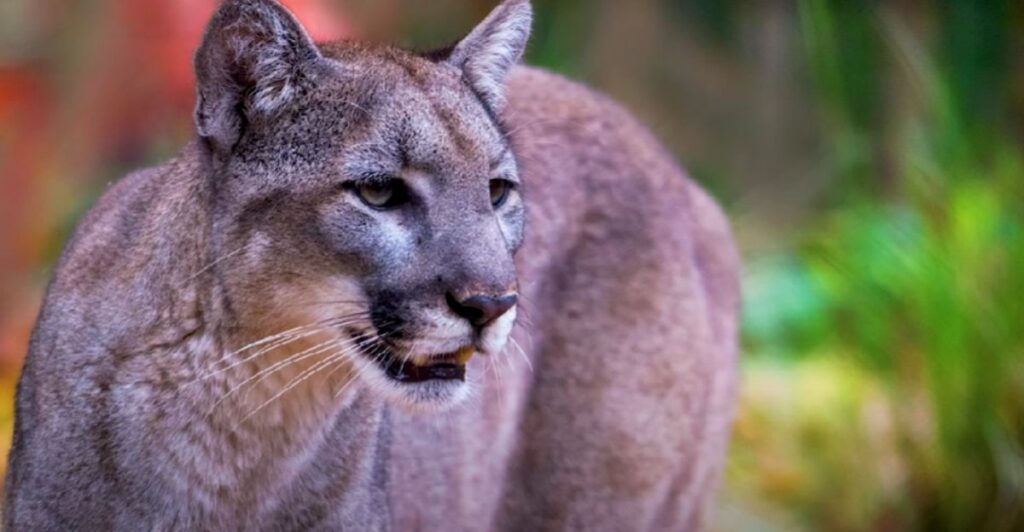
Florida panthers face a complex set of challenges that threaten their existence, yet their survival can be secured through strategic conservation efforts. Critical resources such as expansive habitats, abundant prey, and safe travel corridors are essential to their thriving. So, let’s look at 12 ways to protect this elusive species and how you can help secure their future in the wild.
1. Habitat Protection
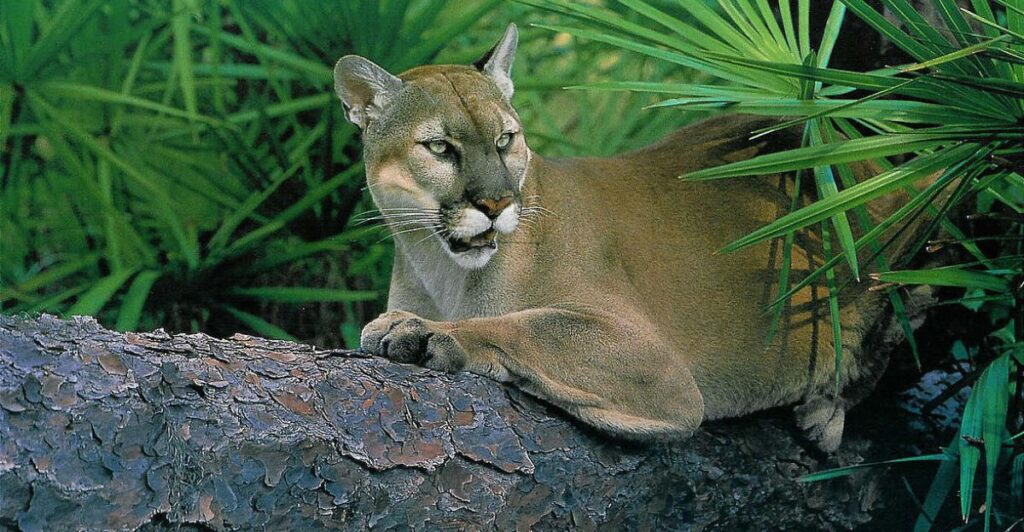
Florida panthers require large habitats to thrive. These areas provide the space they need to hunt and raise their young. Habitat destruction has caused a severe reduction in the panther population. In fact, very few of their historic range remain intact. Hence, ensuring the survival of these protected habitats is critical for their continued existence.
2. Prey Availability
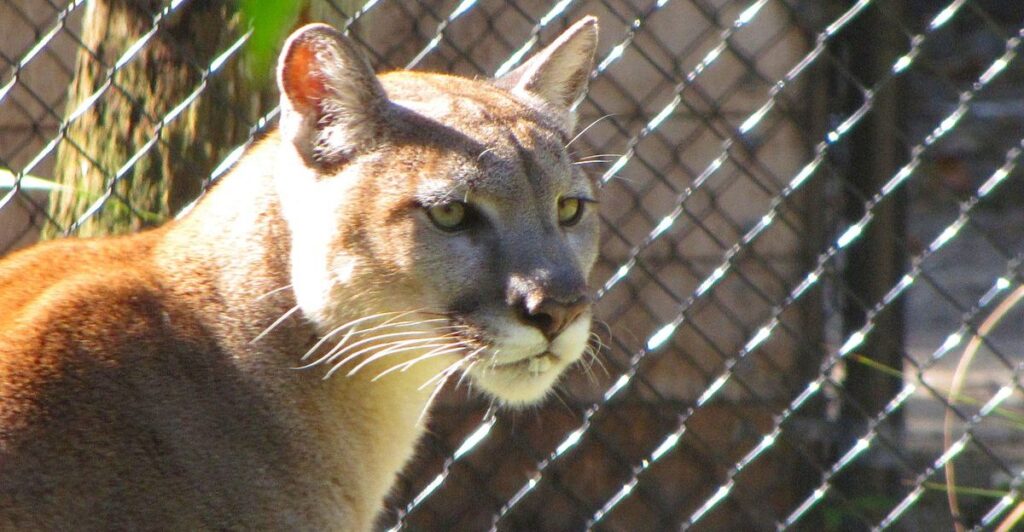
The availability of prey plays a vital role in the survival of Florida’s panthers. Their diet primarily consists of white-tailed deer, wild hogs, and smaller mammals. Without an abundant prey base, panthers may face serious challenges in meeting their nutritional needs, directly affecting their chances of survival.
3. Genetic Diversity
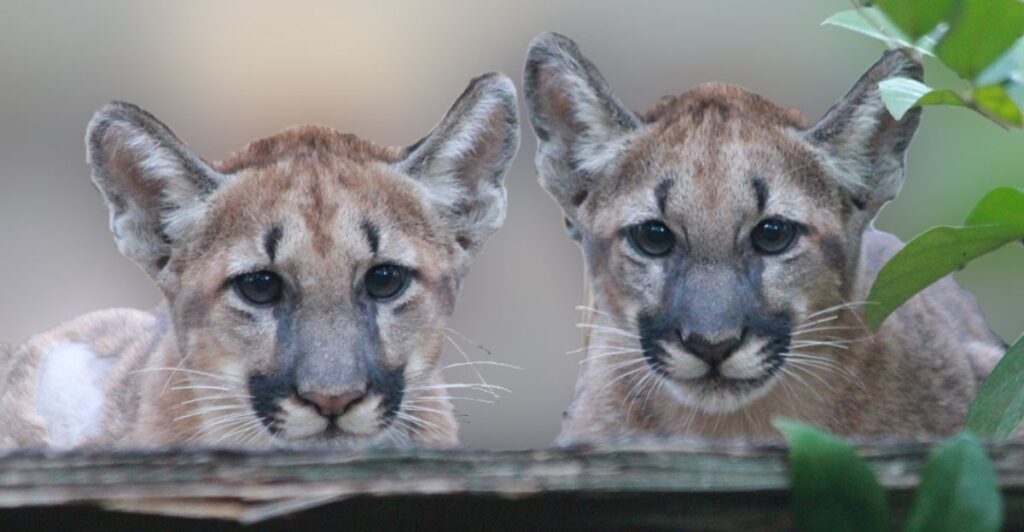
Inbreeding has led to health problems in the past, including heart defects and cowlicks. In the 1990s, wildlife biologists implemented a program to introduce eight Texas panthers to increase genetic variation. This move resulted in healthier offspring and a more genetically strong population, highlighting the importance of diversity in the gene pool.
4. Safe Corridors for Movement
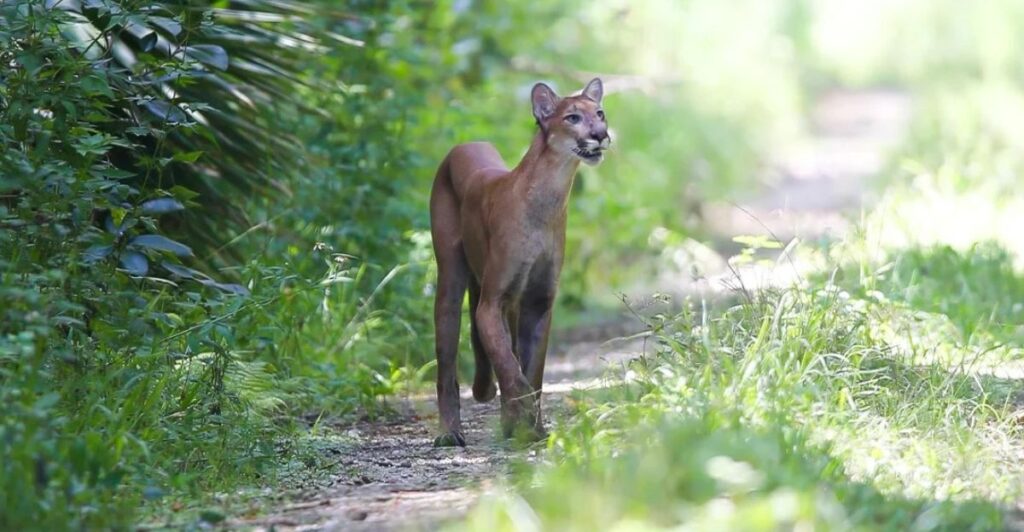
Panthers need to roam across large areas, which is why wildlife corridors are essential. These corridors connect fragmented habitats and allow for genetic exchange. A notable success is the 4.5-mile wildlife crossing in Collier County, Florida, which has enabled panthers to travel between safe areas without the danger of roads.
5. Minimizing Vehicle Collisions
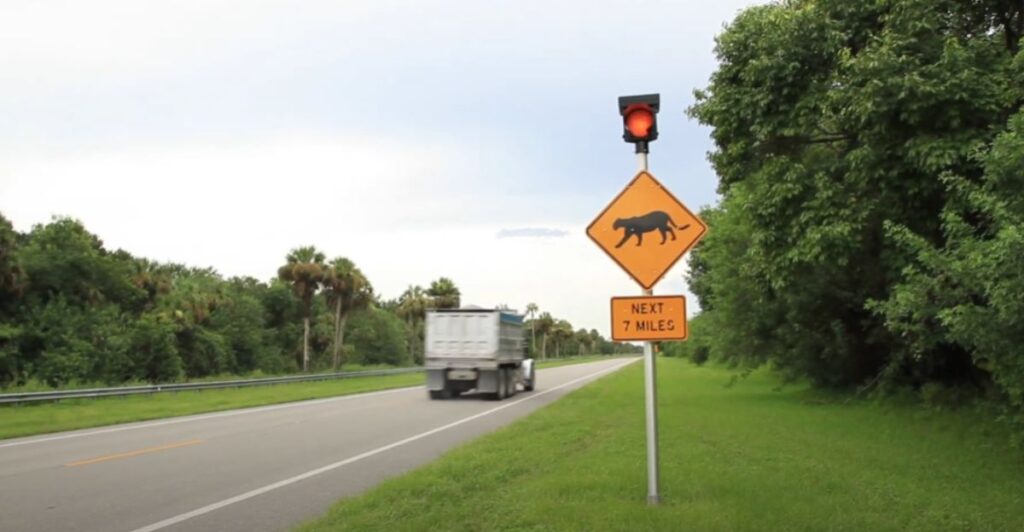
Every year, Florida panthers face a significant threat from vehicle collisions, with many panthers killed while crossing roads. In fact, over 30 panther deaths have occurred due to traffic accidents in just the past few years. To combat this, wildlife crossings and road signs have been introduced, with some success in reducing roadkill rates.
6. Climate Adaptability
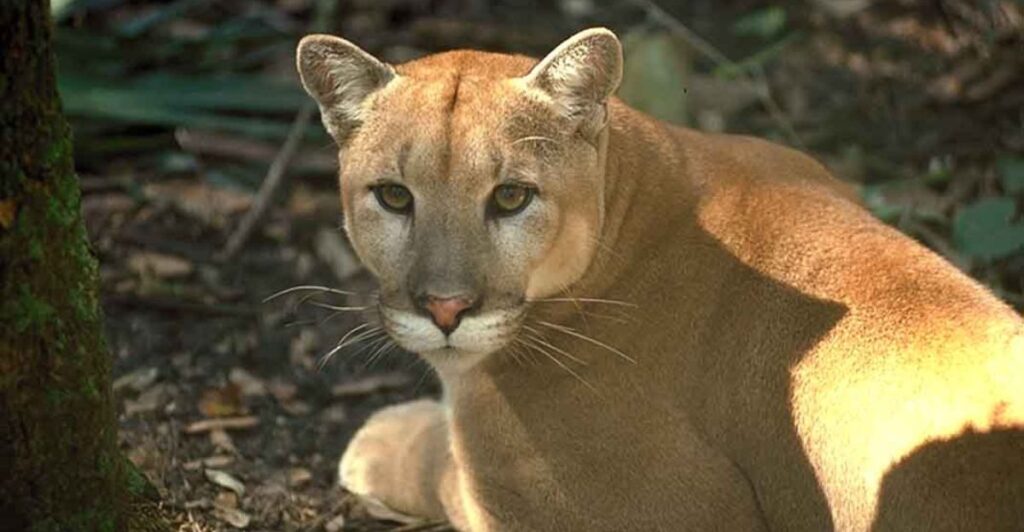
Florida panthers are vulnerable to the impacts of climate change, particularly rising temperatures and the increasing frequency of extreme weather events like hurricanes. Adaptation strategies such as climate-smart conservation plans are essential for the panther’s resilience in the face of these changes.
7. Legal Protection and Enforcement
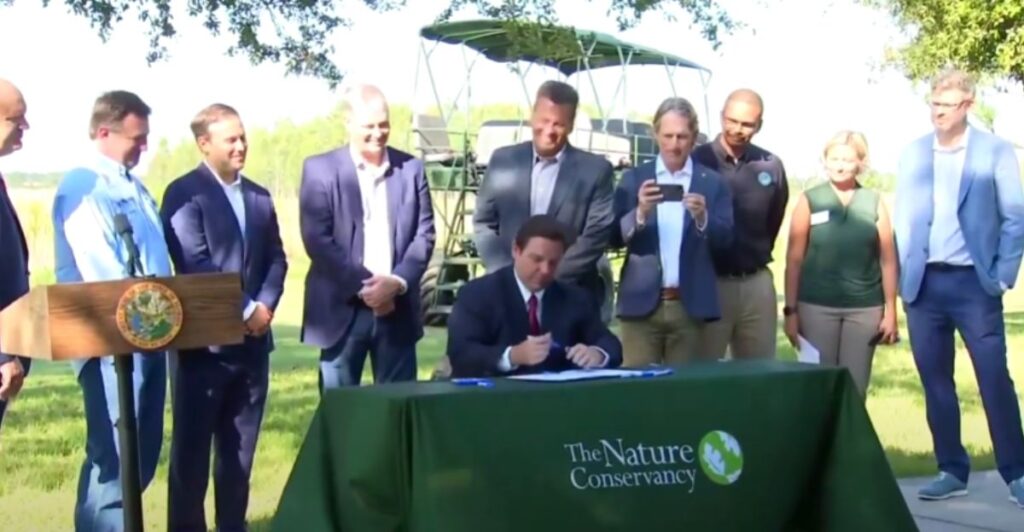
These panthers are protected under the Endangered Species Act, which ensures that their habitats are safeguarded from harmful development and human interference. Legal protection has led to substantial progress in conservation, but enforcement remains a challenge. Hence, the U.S. agencies continue to monitor the panther population.
8. Human-Wildlife Conflict Management
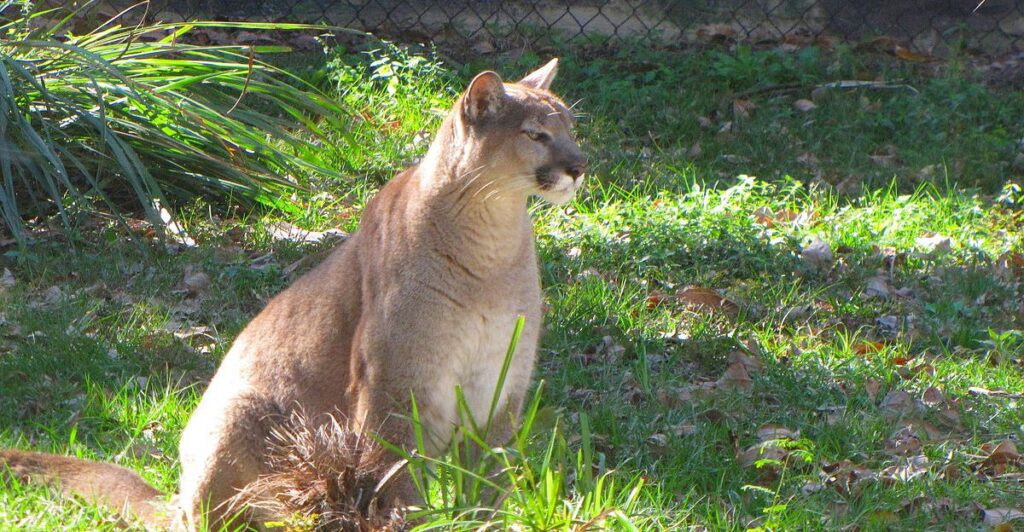
As urban areas expand, panthers occasionally come into contact with humans. These encounters can lead to injuries or deaths, especially when panthers are mistakenly labeled as threats. Education and outreach programs help people coexist with these magnificent creatures while keeping panthers safe.
9. Protection of Water Sources
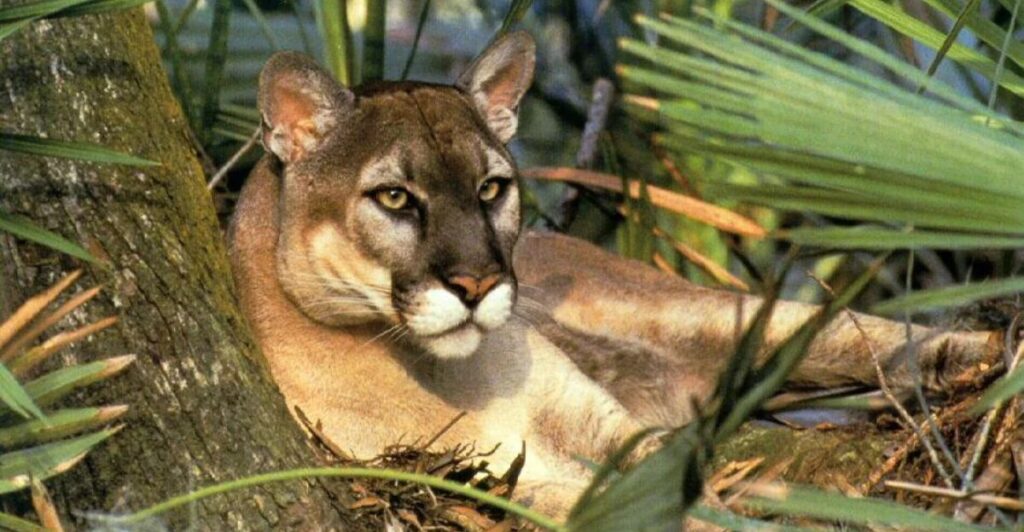
Clean, fresh water is a key resource for Florida panthers. As urban development encroaches upon their habitats, protecting these water sources becomes even more important. When wetlands are drained for development or agricultural use, panthers lose vital resources that they need to survive, making the conservation of water areas a top priority.
10. Leading Research Programs
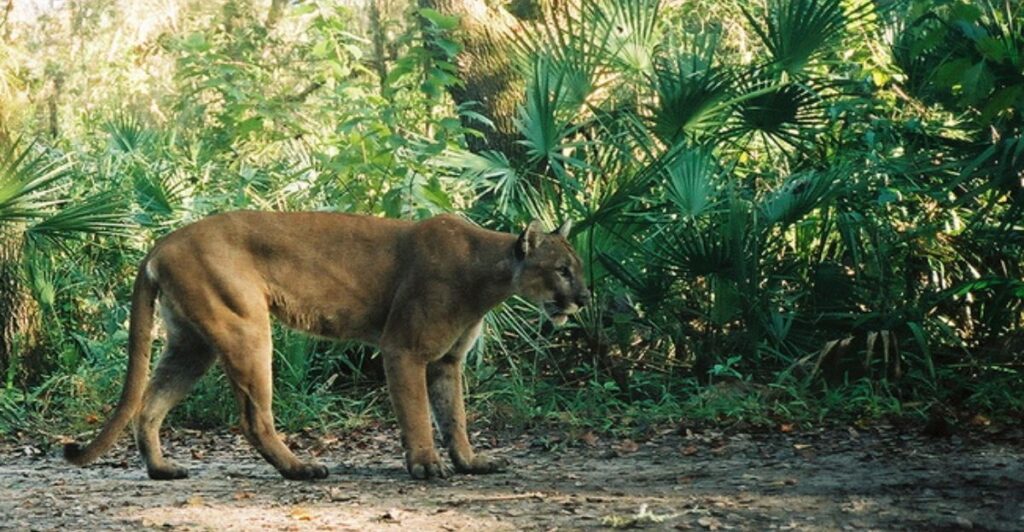
Ongoing research is pivotal to understanding the Florida panther’s requirements. Studies involving radio collars, camera traps, and genetic analysis help scientists monitor the panther population. For example, male panthers tend to roam larger territories than females, which helps wildlife managers develop targeted conservation strategies.
11. Sustainable Land Management
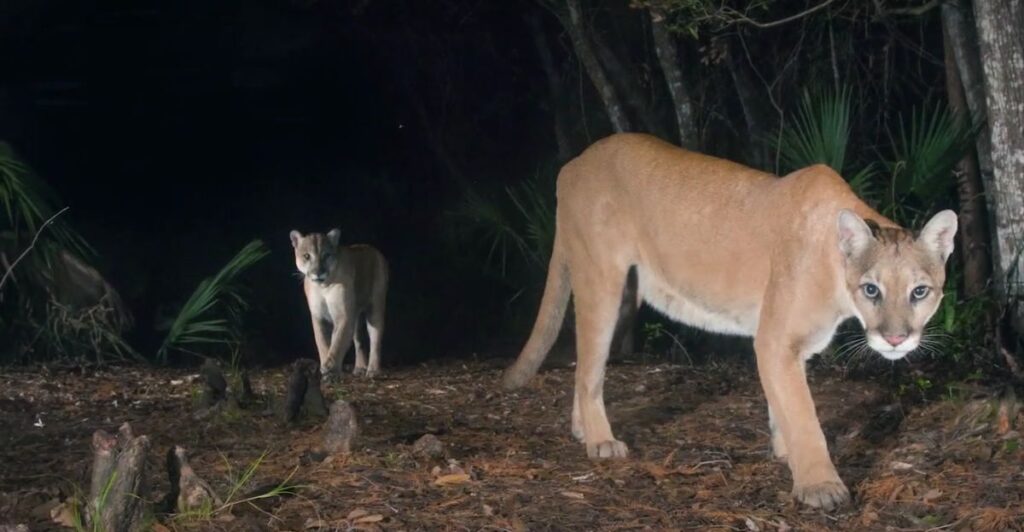
Sustainable land management includes strategies like limiting urban sprawl, controlling deforestation, and managing agricultural expansion. By focusing on responsible land use, conservationists aim to create a balance between human development and the preservation of critical panther habitats.
12. Community Involvement
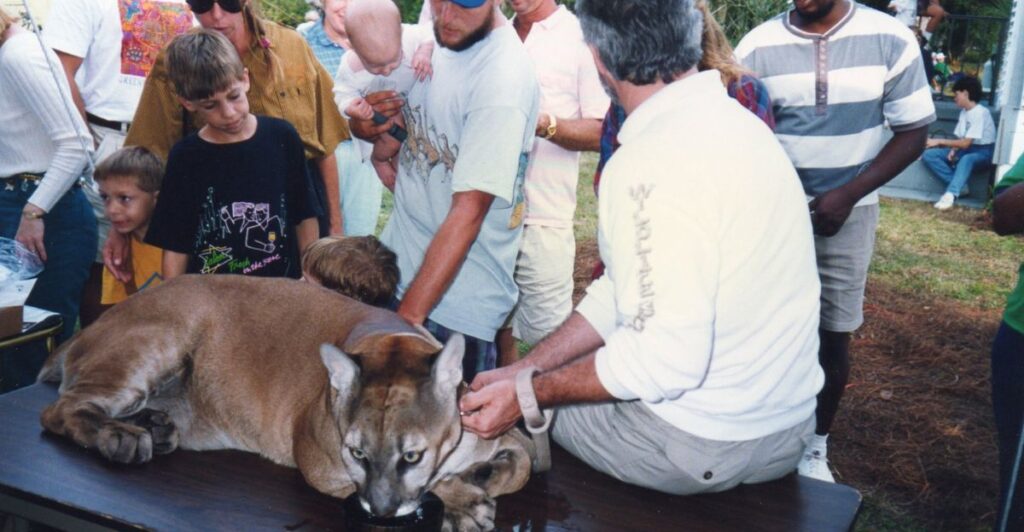
Engaging property owners and residents in preserving panther habitats can make a significant difference. Programs that encourage landowners to create safe spaces for wildlife have proven effective. When the community understands the importance of protecting these big cats, it ensures a more sustainable future for them.
Stay connected with us for more stories like this! Follow us to get the latest updates or hit the Follow button at the top of this article, and let us know what you think by leaving your feedback below. We’d love to hear from you!







